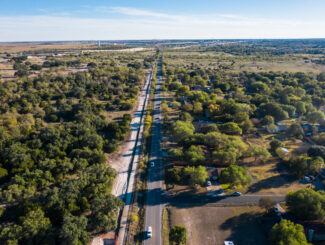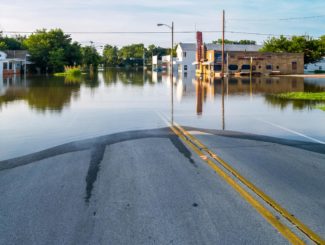September 16, 2024
By Mary Gute, Sr Transportation Planner, WSB
It’s been almost 3 years since the Infrastructure Investment and Jobs Act (IIJA), aka Bipartisan Infrastructure Law (BIL) was passed by President Biden in November 2021. The law authorized $1.2 trillion for transportation and infrastructure spending between 2022 – 2026.
Since 2021, there have been multiple solicitations for federal programs delivering transportation infrastructure funding. Several things have become apparent to those who’ve applied or considered applying for these funds, including:
- Extensive competition for funds. Many times more dollars are requested than are available and only a small fraction of applications are funded.
- Completing applications is complicated, time intensive, and requires specialized skill sets (e.g., ability to complete benefit/cost analyses that comply with federal guidance). Time intensive for staff or a consultant to do the work.
- Timelines to develop applications are tight; usually just 30-90 days after notifications of funding opportunities are released.
Given this reality, it is important to go into pursuit of IIJA funds with eyes wide open. Below are some ideas for venturing into IIJA funding or if you’re planning to re-submit a previously unsuccessful application.
Does your project align with program goals? In addition to criteria related to state of good repair and safety, these transportation funding programs include criteria related equity and environmental justice; climate change, resilience, and the environment, and economic impacts and job creation. Even top tier projects won’t be funded if it doesn’t score well against the majority of a program’s merit or project outcome criteria.
If your project, as it now stands, won’t score well on some of these criteria, is it possible to make adjustments for a more competitive application? Can your community commit to using more sustainable building materials that would align with environmental criteria? Is it possible to incorporate more elements that could be used by bicyclists or pedestrians? Or would it be possible to commit to hiring a certain percentage of disadvantaged business enterprises when constructing the project? Please be aware that if your application includes these elements and you receive funding, your agency will be expected to include them when developing and constructing the project.
Does your project have a defensible and high Benefit- to Cost Ratio? Many projects struggle with achieving a competitive benefit to cost ratio that withstands the scrutiny of federal reviewers. Often, submitted benefit cost analyses are adjusted downwards after being submitted. It’s imperative that applicants submit projects with defensible and high ratios (at least 1:5). If your project isn’t meeting these metrics, can it be adjusted to remove some project elements that are not helping the ratio, but are driving up the cost?
Are you waiting to submit your project until closer to 2026? If so, know that solicitations for some programs are now coming out for multiple years at a time. This means that even though we’re not even half-way through the law’s 5-year timeframe, some programs will have just 1-2 additional solicitations. It is also worth noting that available funding for some programs is considerably less than initial solicitations.
The IIJA program provides local communities with funding to complete important infrastructure projects. However, as we’ve learned, it can take considerable time and resources to develop a competitive application. Deciding to pursue these funds should be done so with realistic expectations and sound strategies.
WSB has experts in project funding to help you evaluate and submit applications. If you’d like to discuss project funding needs, please contact Amber Adams or Mary Gute for transportation specific projects.
Mary has more than 20 years of progressively complex transportation planning and project management experience, gained from working on a variety of transportation projects for modes including roads/bridge, transit, and trails. Several these projects have included environmental documentation considerations – either pre-NEPA, or through NEPA and/or MEPA processes.
[email protected] | 612.741.7055


